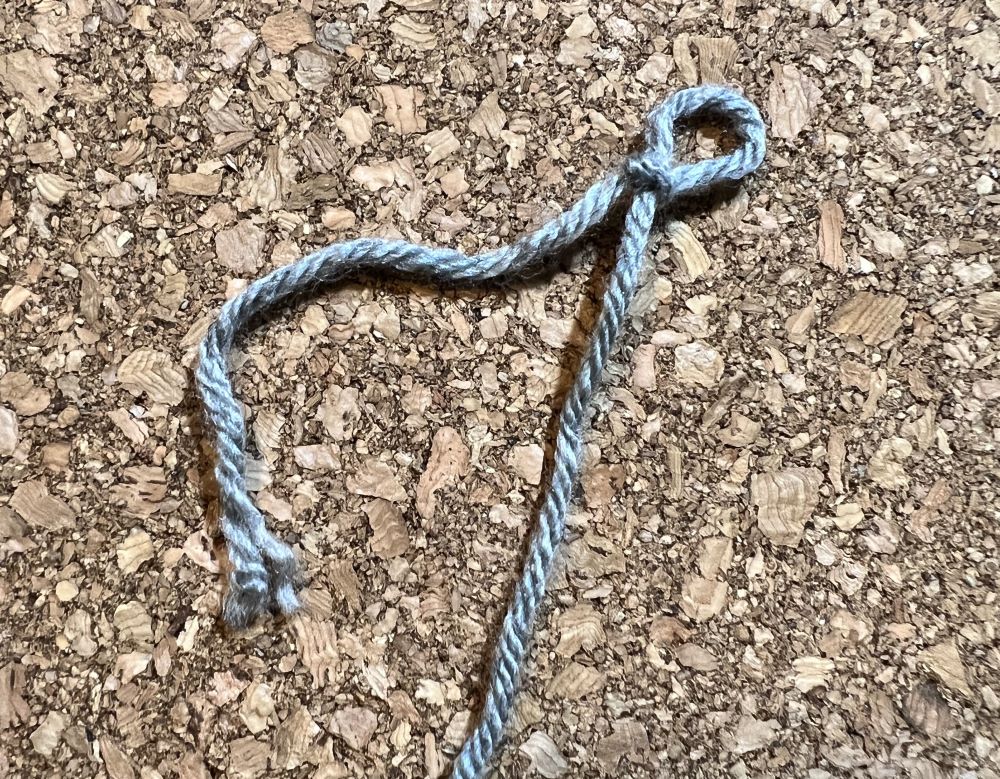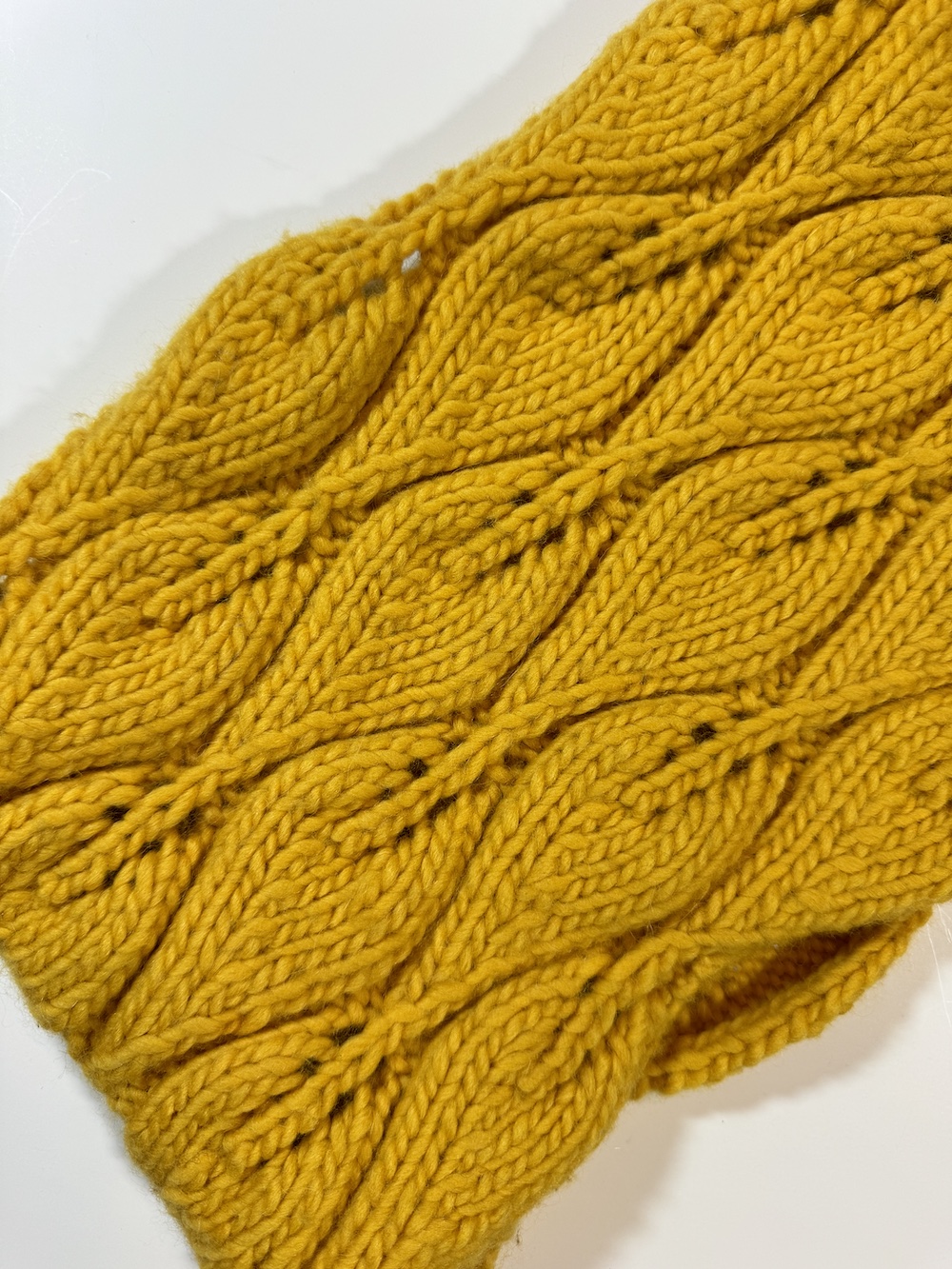Affiliate links may be included for your convenience. View our privacy and affiliates policy for details.
Whether you’re learning to knit or learning to crochet, knowing how to make a slip knot is the very first, most basic thing that you need to know how to do.
The slip knot is the beginning of a crochet chain, and it’s also how you start most knitting cast ons. It’s the way you attach the yarn to your hook or needle in order to start whatever project you are working on.
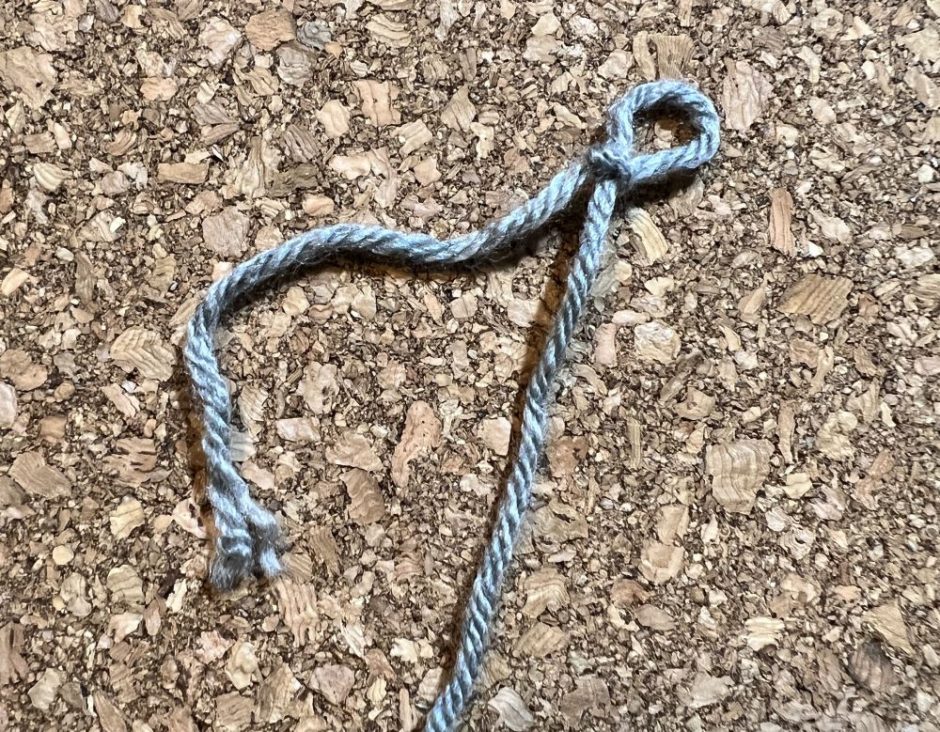
What is a Slip Knot?
In more general terms, a slip knot is a kind of knot that’s easily adjusted tighter or looser and also easily removed if needed. To release the knot you just pull on the starting end of the yarn (or rope, or whatever else you might want to be tying) until the knot disappears.
Or slips, if you will.
Slip knots are related to (and indeed almost identical to) overhand knots, and they’re very simple to do.
Uses for the Slip Knot
Of course you can use slip knots in all sorts of ways in your life, crafty or otherwise, but for our purposes the slip knot is typically used at the beginning of a knitting or crochet project to attach the yarn to the hook or needle before the cast on or chain stitches are worked.
A slip knot is a great way to start a knitting or crochet project because you can easily adjust the loop to the size of the hook or needle you are using. Both the slip knot and the cast on or chain are easy to rip out and start over if you need to.
Make a Slip Knot
No matter what you are using it for, the instructions for making a slip knot are the same.
Start with your ball of yarn (this is Lion Brand Basic Stitch) and pull out a little yarn. In the case of most cast ons and making a starting chain for crochet, you will only need about 6 inches of tail to start with. A special case is the long-tail cast on, which as you might imagine from the name requires a long tail of yarn to work from along with the yarn coming directly from the ball.

Once you’ve pulled out a bit of yarn, make a loop like a lower case e. The tail end forms the bottom and the back part of the e, then the ball end of the yarn loops up and crosses over top the tail end of the yarn, making a e (or some people call it a p) shape.
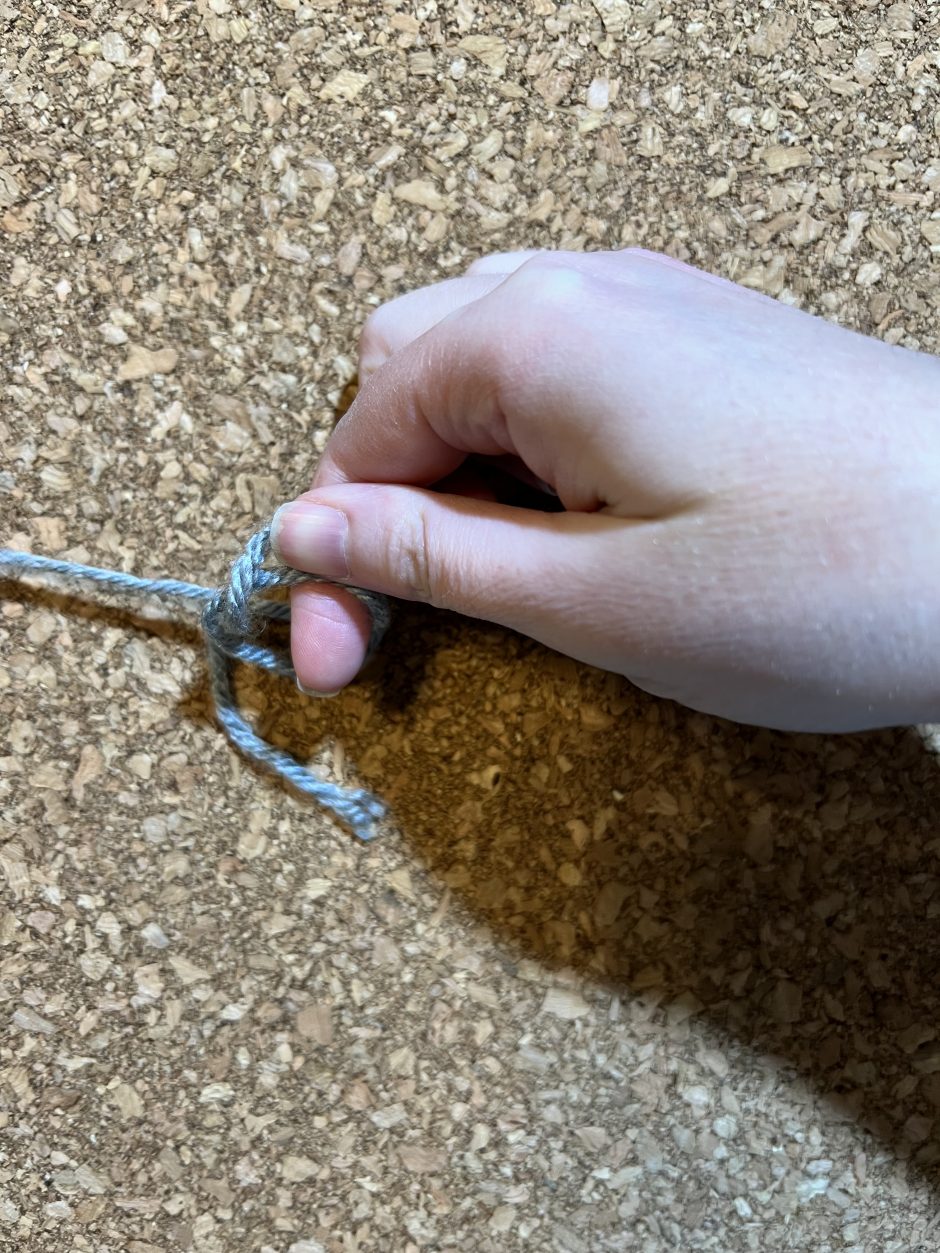
Whatever you want to call it, stick your finger into the loop and pull the ball end yarn around the tail end part of the e and through the loop.

Pull on the tail end until you’ve formed a knot in the yarn. There will still be a big loop.

Now pull on the ball end of the yarn to make the loop smaller. Then you can slip it onto your needle or hook
How Tight Should My Slip Knot Be?
The slip knot is basically the foundation for your crochet chain or cast on, so you want it to be about the same tension as the stitches/chains you’re about to make.

You want to make sure it’s not too tight or too loose. What I like to do is to slide my knitting needle or crochet hook into the loop and tighten it enough so that it doesn’t easily fall off the needle or hook, but not so tight that it can’t slide around freely.
Having a not too loose, not too tight slip knot will make it so much easier to form your first stitch or chain.
And of course the good news is, it’s easy to pull it out and try again if it ends up too tight or too loose.
Is the Slip Knot a Stitch?

In crochet, the slip knot does not count as a stitch, so if your instructions say to chain 20, that is 20 after the slip knot.
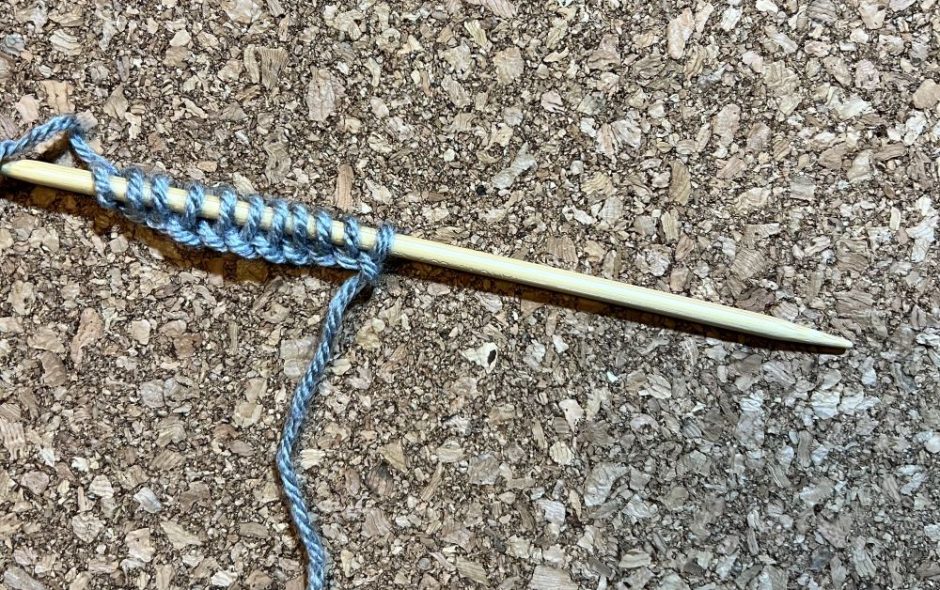
In knitting, the slip knot does count as a stitch, so if you need to cast on 20 you will need 19 more stitches. But if you don’t like the look of the stitch made from the slip knot (it won’t exactly match the rest of the cast on) you can cast on one extra stitch and remove the slip knot when you get back to it at the end of the first row of knitting.
Can You Start a Project Without a Slip Knot?

I was going to say that it’s not possible to start a crochet chain without a slip knot, but that’s not actually true. You can make the loop without a knot, slip it onto your hook and hold the loop in place as you begin your chain. Count it as a stitch and treat it as a stitch when you work back.

Knitting cast ons can begin without a slip knot as well. You can just drape the yarn over the needle to start a long tail cast on, for example. That piece of yarn becomes the first stitch.

Or you can start with a loop that’s not a knot just like in the crochet example above. I’ve tried this with a wrap cast on and a knit cast on and it works just fine.
So Why Would You Use a Slip Knot?
Learning to make a slip knot is where we start in both knitting and crochet, but why if it’s not essential? It gives a good foundation to work into, especially for beginners who might not be confident starting with just a loop.
As with anything else in knitting and crochet, it’s totally up to you if you want to use slip knots or just a loop to start your projects.
